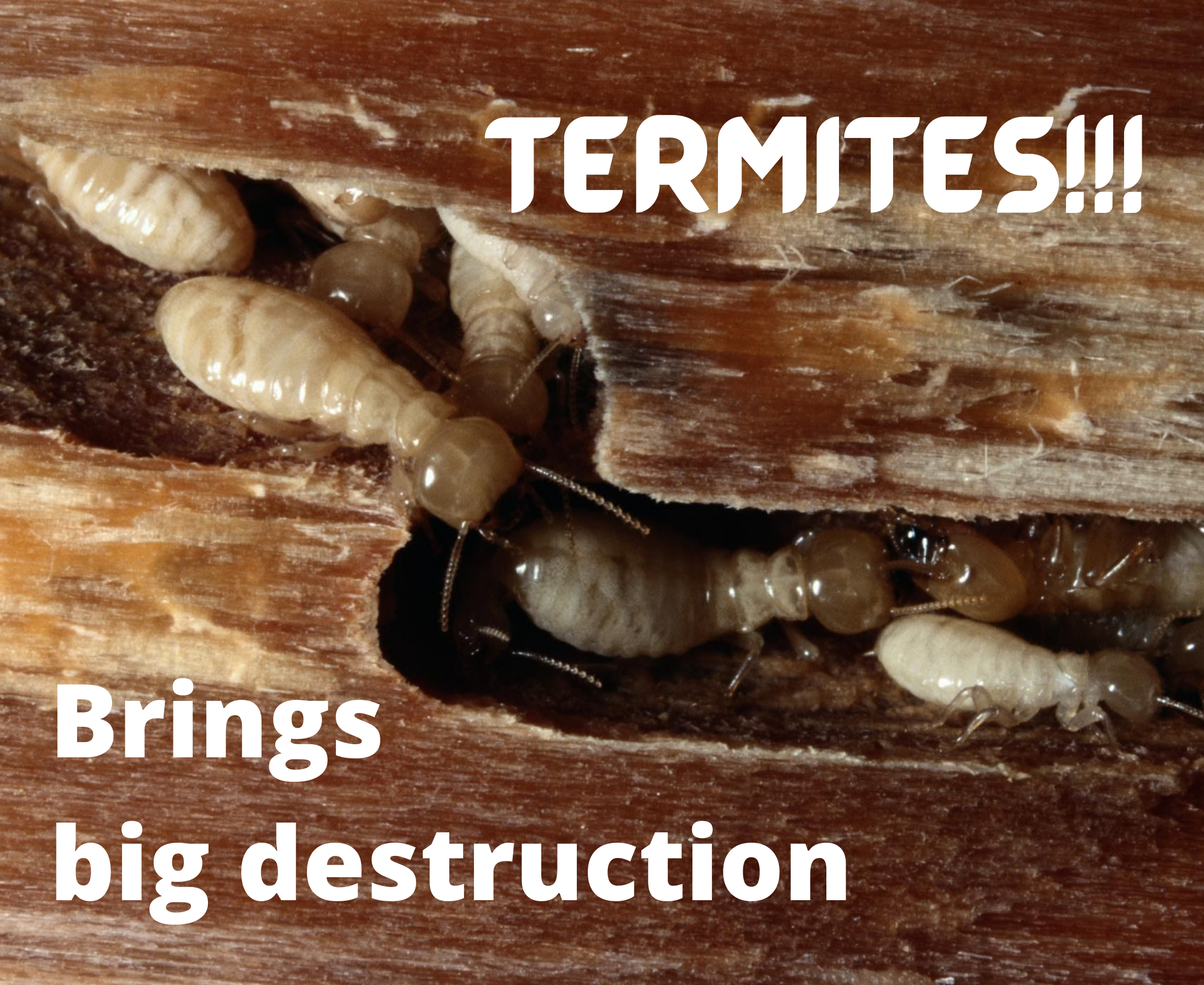Our Eco Bed Bug Exterminators Dc Statements
Our Eco Bed Bug Exterminators Dc Statements
Blog Article
The 30-Second Trick For Eco Bed Bug Exterminators Dc
Table of ContentsEco Bed Bug Exterminators Dc Things To Know Before You Get ThisThe Ultimate Guide To Eco Bed Bug Exterminators DcAn Unbiased View of Eco Bed Bug Exterminators DcEco Bed Bug Exterminators Dc Fundamentals ExplainedSome Known Incorrect Statements About Eco Bed Bug Exterminators Dc
Due to the fact that chemicals are toxic, they are also possibly hazardous to people, animals, various other organisms, and the setting. Individuals who use chemicals or frequently come in contact with them should recognize the family member toxicity, prospective wellness effects, and preventative procedures to lower exposure to the items they make use of. Danger, or risk, of utilizing chemicals is the capacity for injury, or the level of threat included in using a pesticide under a given set of problems.
Applicators can decrease or nearly remove direct exposure-- and therefore reduce hazard-- by complying with the tag instructions, using personal protective garments and devices (PPE), and taking care of the chemical effectively. Even more than 95 percent of all chemical exposures come from facial exposure, largely to the hands and forearms. By wearing a pair of unlined, chemical-resistant gloves, this sort of direct exposure can be nearly removed.
The hazardous results that occur from a single direct exposure by any kind of path of entrance are called "intense impacts." The 4 paths of exposure are facial (skin), inhalation (lungs), oral (mouth), and the eyes. Acute toxicity is determined by checking out the dermal toxicity, breathing poisoning, and oral poisoning of guinea pig.
Some Known Facts About Eco Bed Bug Exterminators Dc.
Severe poisoning is gauged as the quantity or concentration of a toxicant-- the a.i.-- required to kill 50 percent of the pets in a test population. This action is normally expressed as the LD50 (lethal dose 50) or the LC50 (dangerous concentration 50). Additionally, the LD50 and LC50 values are based on a solitary dose and are recorded in milligrams of pesticide per kg of body weight (mg/kg) of the guinea pig or partly per million (ppm).
The reduced the LD50 or LC50 worth of a chemical item, the better its toxicity to people and animals. Pesticides with a high LD50 are the least harmful to humans if used according to the directions on the item tag. The chronic poisoning of a pesticide is figured out by subjecting test animals to lasting exposure to the active ingredient.
The persistent toxicity of a chemical is harder than intense poisoning to determine with laboratory analysis. Products are classified on the basis of their relative severe poisoning (their LD50 or LC50 worths). Pesticides that are identified as very hazardous (Toxicity Category I) on the basis of either dental, dermal, or breathing poisoning have to have the signal words DANGER and POISON printed in red with a head and crossbones sign plainly showed on the front panel of the plan tag.
The intense (single dosage) oral LD50 for chemical items in this team varies from a trace amount to 50 mg/kg. As an example, direct exposure of a few drops of a material taken orally could be deadly to a 150-pound person. Some pesticide products have just the signal word threat, which informs you nothing concerning the acute toxicity, just that the item can cause serious eye damages or serious skin inflammation
Our Eco Bed Bug Exterminators Dc Diaries
In this group, the acute dental LD50 ranges from 50 to 500 mg/kg. A tsp to an ounce of this material can be deadly to a 150-pound individual (bed bug heater rentals). Chemical products categorized as either somewhat hazardous or relatively nontoxic (Poisoning Groups III and IV) are required to have the signal word care on the pesticide tag

All pesticide poisoning worths, including the LD50, can be found on the item's Material Safety and security Information Sheet (MSDS) - exterminator DC. Chemical tags and MSDS can be gotten from retailers or produces. Furthermore, many products also know that can be found on the web. The signs of pesticide poisoning can range from a mild skin inflammation to coma or also fatality.
Because of potential health and wellness problems, pesticide users and trainers need to acknowledge the usual indications and symptoms of pesticide poisoning. The effects, or symptoms, of chemical poisoning can be generally specified as either topical or systemic.
Getting My Eco Bed Bug Exterminators Dc To Work
Dermatitis, or swelling of the skin, is accepted as the most frequently reported topical impact connected with pesticide direct exposure. Signs and symptoms of dermatitis range from reddening of the skin to breakouts and/or blisters. Some people often tend to cough, wheeze, or sneeze when revealed to chemical sprays. Some individuals respond to the solid odor and annoying effects of oil distillates utilized as carriers in pesticide products.
This sign generally subsides within a few minutes after an individual is removed from the exposure to the toxic irritant. Nonetheless, a reaction to a pesticide item that creates somebody not only to sneeze and cough however additionally to establish extreme intense respiratory system signs and symptoms is more most likely to be a real hypersensitivity or allergy.
Systemic effects are rather various from topical results. They often happen away from the initial point of get in touch with as a result of the chemical being soaked up into and distributed throughout the body. Systemic results typically include queasiness, throwing up, tiredness, migraine, and intestinal problems. In advanced poisoning instances, the person might experience adjustments in heart rate, trouble breathing, convulsions, and coma, which can result in fatality.
Report this page